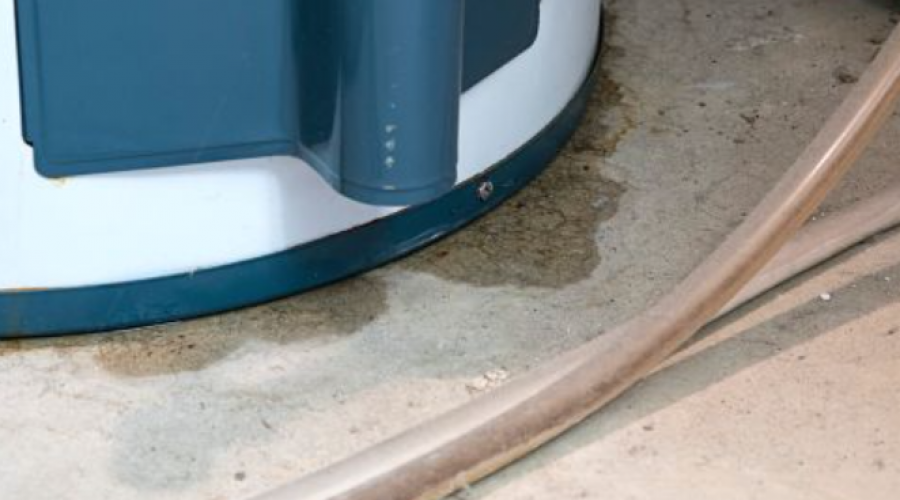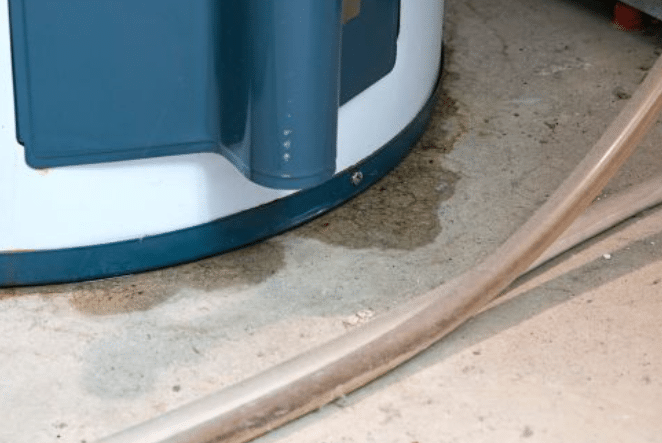
What To Do If You Notice Your Water Heater Leaking In San Diego
In most cases of a water heater leaking, if you can notice water on the floor right away, it means that a hose or a pipe has burst and that there is a problem with the connection. If this is what happened to your hot water tank, then you don’t have too much time – turn off the main valve leading to the tank as quickly as possible, but remember not to run any taps until later on.
Otherwise, try following these steps:
Find The Leaks
If you don’t notice any leaks at first, take an ear closer and listen for sounds coming from inside of your hot water tank. You might hear gurgling noises or hissing sounds if gas was simply vented out of the pressure relief valve. You might also hear the sound of water sloshing from the sediment if your tank is full of water, but this should be a rare case unless you have just filled it up for the first time in quite a while or there was a major leak that caused it to get very dirty.
Check Out The Temperature
Check out the temperature and pressure relief (T&P) safety valve on top of your hot water tank by looking at its casing. If you notice cracks along its body, then it’s possible that gas compression inside could have been affected, and this means a potential risk of explosion. In any case where you suspect there may be problems with your T&P safety valve, open windows, and doors to aerate the room, then shut off the main water valve.
If your hot water tank is gas-fired but if you do not see any leaks or cracks on its T&P safety valve or rubber hoses, turn on some faucets to release excess pressure before examining the heating element and water supply lines for cracks or other damage. Check out the condition of the anode rod as well – if it looks corroded, worn down, or rusted through, call a professional plumber.
Take a look at your anode rod if there are no visible problems with it, or if it does not need replacement yet. If you notice that even though it’s in good shape, you will still want to replace it. If your hot water tank is quite old and there is no indication of the model number on its casing, you might want to replace this rod more often than usual – every couple of years at most.
Remove the pressure release valve from your hot water tank’s T&P safety valve by using a wrench to unscrew it counterclockwise. Lift the protective cap off of it and check if any debris or sediment has formed under that cover – if so, clean it out with water and reattach once dry.
Conclusion
Get in touch with the experts at 1st Response Leak Detection by giving us a call at (619) 374-8554.



